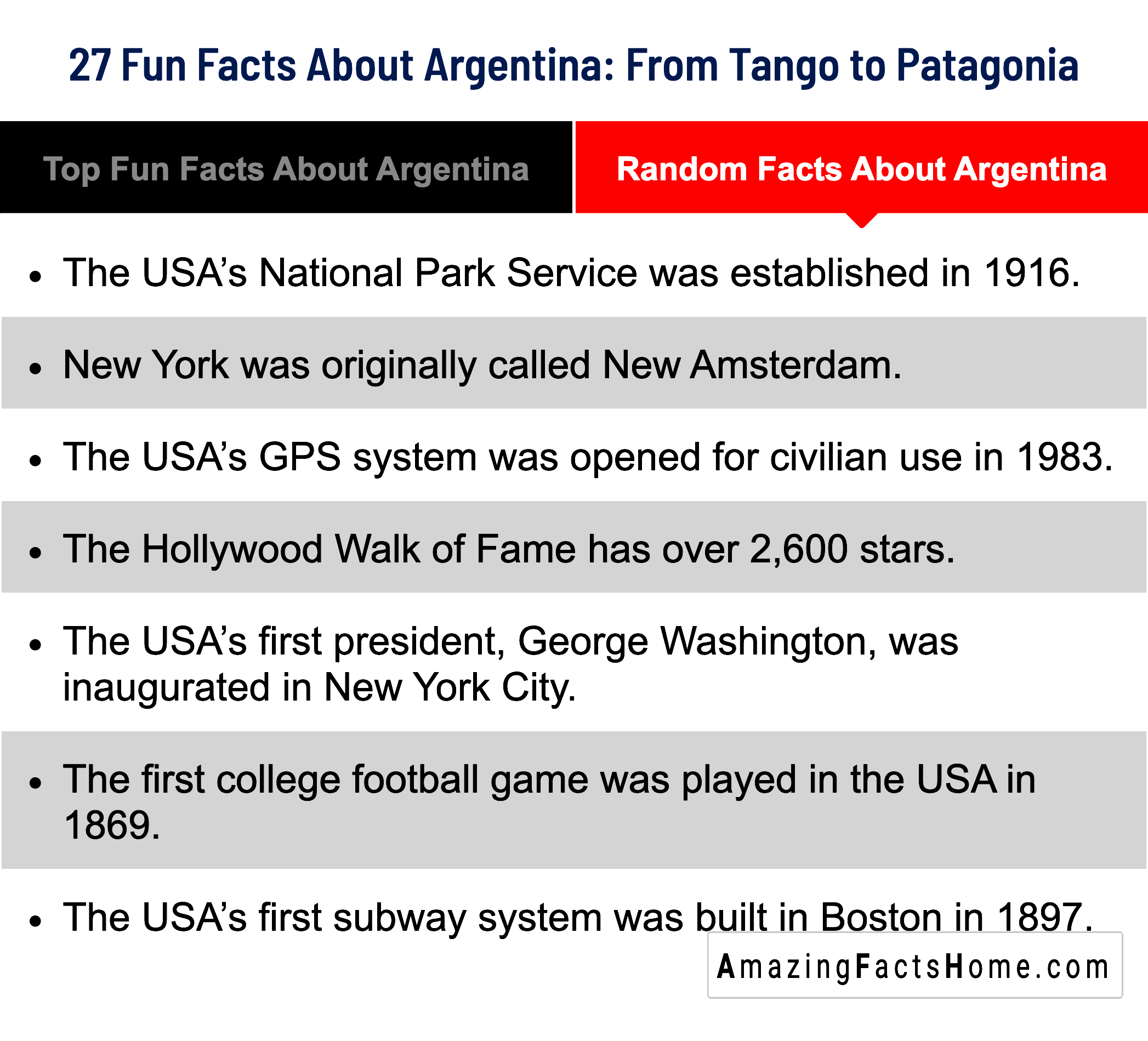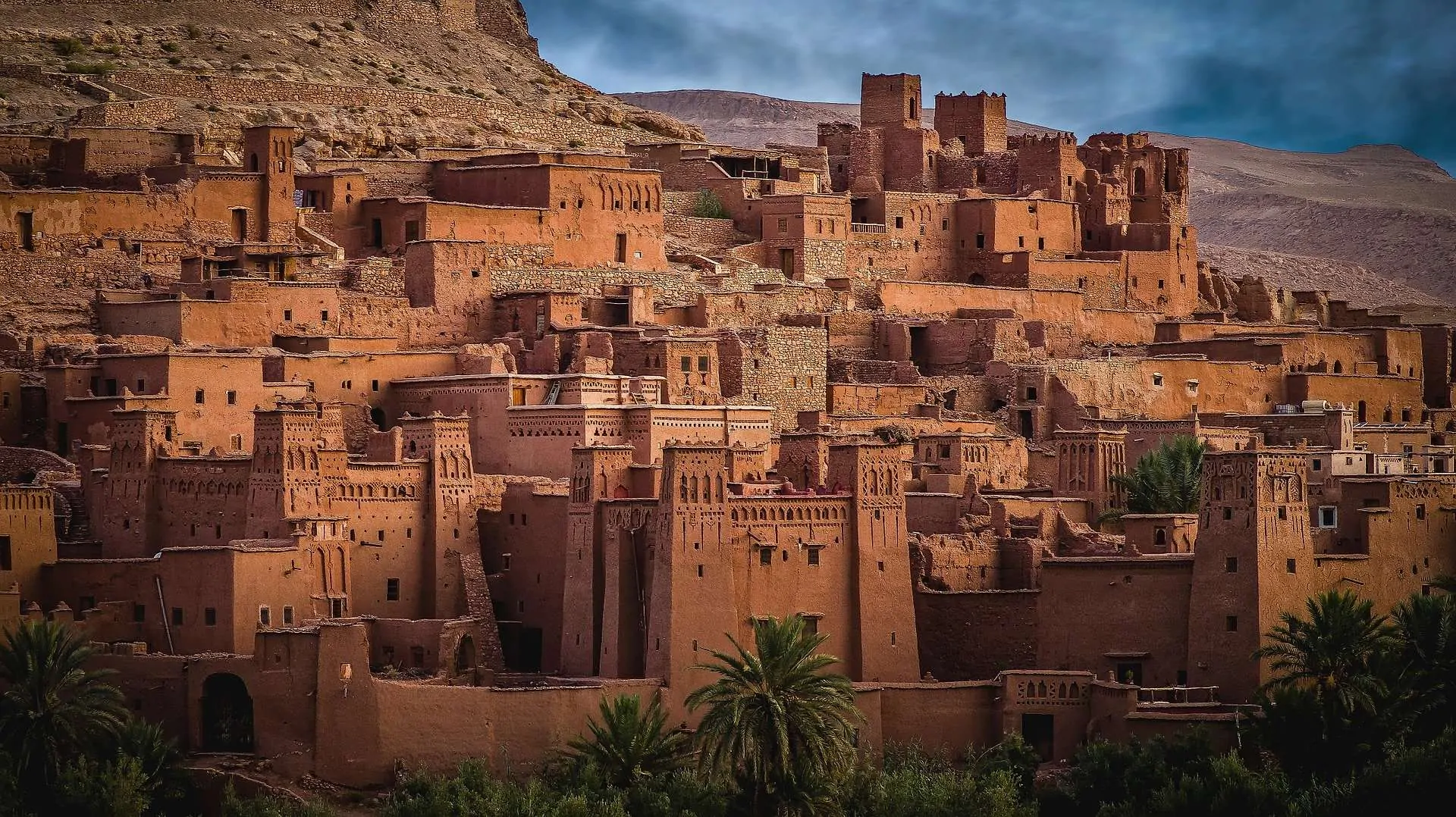Easter is a significant celebration for millions of people around the world, marked by a plethora of symbols, stories, and surprises. This vibrant holiday, steeped in tradition and history, elicits a sense of wonder. Each element associated with Easter possesses its own unique significance, inviting exploration into the deeper meanings that resonate with people. Below are some amazing facts that encompass the essence of Easter.
1. The Spiritual Foundation of Easter
At its core, Easter commemorates the resurrection of Jesus Christ. This pivotal event is celebrated predominantly by Christians, who see it as a cornerstone of their faith. The date of Easter Sunday is not fixed; rather, it is determined by a lunisolar calendar, which means it falls on the first Sunday following the full moon on or after the vernal equinox. This method of calculation explains why Easter can be celebrated as early as March 22 and as late as April 25.
2. The Symbolism of Eggs
Easter eggs, a ubiquitous symbol of the holiday, represent new life and rebirth. The tradition of decorating eggs dates back hundreds of years and varies across cultures. In some traditions, eggs are dyed red to symbolize the blood of Christ, while in others, colorful designs signify the joy of life and resurrection. The practice of egg rolling, wherein hard-boiled eggs are rolled down hills, has origins in the belief that the stone rolled away from Jesus’ tomb signifies the arrival of spring.
3. The Hare and the Egg: Unraveling the Easter Bunny Myth
Another fascinating aspect of Easter is the Easter Bunny, a character that delivers eggs and treats to children. Roots of this custom can be traced back to ancient pagan fertility symbols. The hare, a creature known for its prolific breeding, became associated with springtime feasts and the revival of nature. Over time, this symbol intertwined with Easter to create the charming figure we recognize today.
4. The Liturgical Significance
The seasons leading up to Easter, particularly Lent, are marked by fasting, prayer, and reflection. Lent begins on Ash Wednesday and lasts for 40 days, representing the time Jesus spent in the wilderness. This period of penance culminates in Holy Week, which includes Maundy Thursday and Good Friday. Each of these days is imbued with religious significance, narrating events leading to the crucifixion and resurrection of Jesus.
5. The Easter Vigil: A Night of Anticipation
The Easter Vigil, celebrated on the night before Easter Sunday, is a profound ceremony in Christianity. It is one of the oldest liturgical celebrations, replete with symbols of light and darkness, signifying the transition from death to life. The lighting of the Paschal candle marks the triumph of light over darkness, a theme echoing throughout the Easter celebration.
6. Global Celebrations: Cultural Variances
Easter is celebrated differently across the globe, reflecting a rich tapestry of cultural traditions. In Spain, spectacular Semana Santa (Holy Week) processions feature elaborate floats and traditional attire. Meanwhile, in Italy, the Scoppio del Carro or ‘Explosion of the Cart’ in Florence is a unique event with fireworks designed to ensure a good harvest. Each celebration reveals how communities interpret the themes of rebirth and renewal.
7. The Influence of Non-Religious Traditions
Alongside its religious connotations, Easter is also enmeshed in various secular traditions. The ubiquitous presence of chocolate bunnies and colorful jellybeans epitomizes the holiday’s commercial aspect. The phenomenon of the Easter egg hunt, where children search for hidden eggs, combines playful merriment with the deeper messages of renewal. Surprisingly, this modern tradition shares commonalities with old European customs of hiding eggs for children to find as a way to celebrate spring.
8. The Impact of Easter on Art and Literature
Throughout history, Easter has served as a muse for countless artists, writers, and composers. From Renaissance masterpieces depicting the resurrection to contemporary poetry that reflects themes of hope and renewal, the influence of Easter permeates artistic expression. Works like Bach’s “St. Matthew Passion” highlight the significance of the season in the composition of music, bridging the gap between sacred themes and lyrical creation.
9. The Paradox of the Cross
One of the most striking aspects of Easter is the juxtaposition of the cross – a symbol of suffering and sacrifice – with the joy of the resurrection. This paradox encapsulates the essence of the celebration: a transformation from despair to hope. Many Easter sermons emphasize this duality, promoting a message of redemption that extends beyond the holiday itself.
10. Easter’s Modern Evolution
In contemporary society, Easter continues to evolve. Social media influences the way people share and experience the holiday, with digital celebrations gaining popularity. Virtual egg hunts and themed online gatherings have emerged, showcasing how traditions adapt to modern contexts while retaining their core meanings. This evolution hints at the enduring relevance of Easter in an ever-changing world.
In conclusion, the intricate weave of symbols, stories, and surprises surrounding Easter invites a deeper contemplation of its significance. Each facet of the holiday, from eggs and bunnies to solemn vigils and joyous feasting, contributes to a rich narrative that resonates across cultures and generations. In a world often characterized by change, the enduring elements of Easter remind us of themes that transcend time: rebirth, renewal, and hope.









